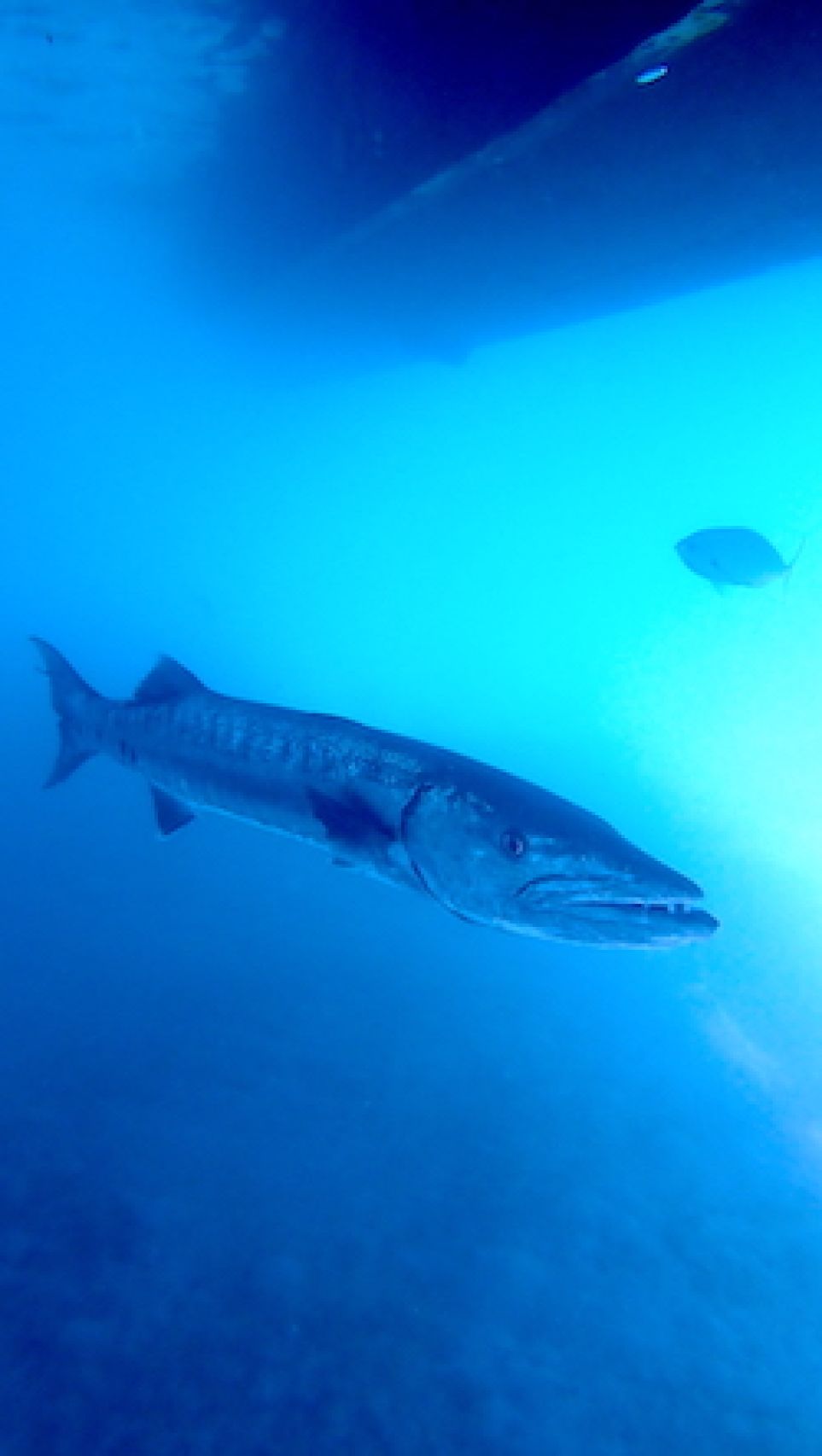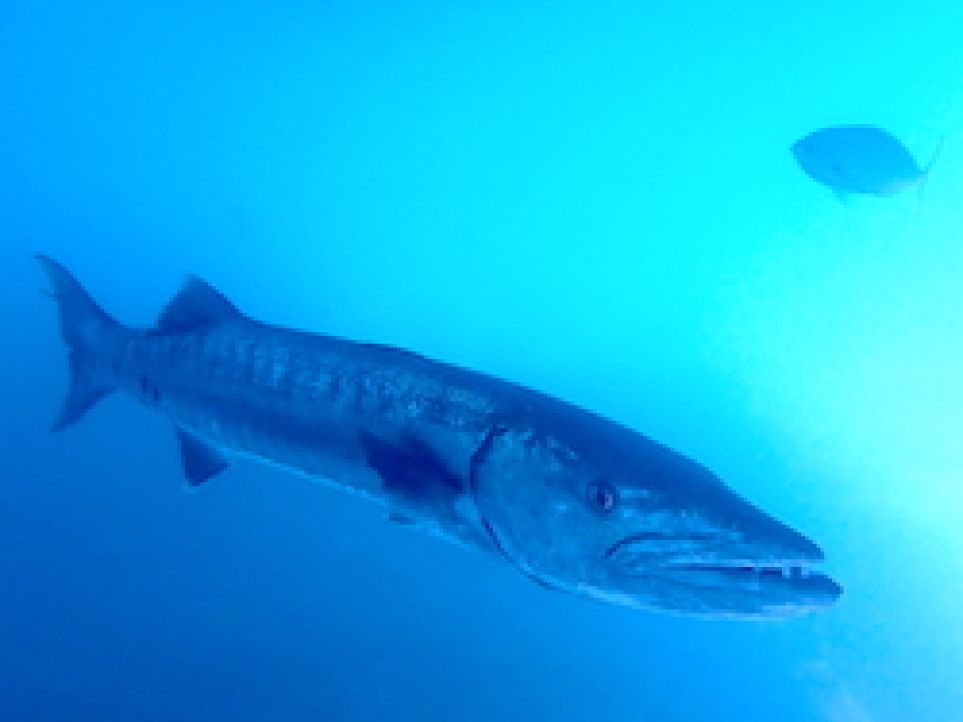Can you tell a fish's age?.
Yes, you most certainly can! But how, you ask? It’s not like fish have rings of growth like trees…or do they? Fish have different structures that form annuli, which are rings that can be counted to determine the age of the fish, pretty much the same concept as the age determining rings in tree trunks. The annuli are formed in various calcified structures of a fish, such as scales, fins rays or otoliths, which are the ear bones of the fish. These allow us to not only determine the fish’s age but also enable us to evaluate other factors such as it’s development, spawning events and other life history traits.
The otolith (also known as ear stone) of a fish is the most common way to tell a fish’s age. Most fish have three pairs of otoliths made of calcium carbonate, they free float in the fluid filled sacs of the inner ear. No two fish will have the same structure of ear stones, each will have their unique shape and size. Imagine if someone could tell how old we are just by looking at our ears, that would be amazing! But, how exactly does this work? Well, ear stones accumulate material on their outer surface, this material is both opaque and translucent and forms alternating layers. One transparent and one opaque layer equates to an annulus, which represents a single year of fish growth. Just by studying the otolith, scientists can tell the fish’s diet, where the fish lived, as well as the water temperature and pollutants in its habitat- how crazy is that!
Not all fish have otoliths though- these structures are only found in bony fish but not in jawless fish or cartilaginous fish such as sharks and rays. Lucky for us, there are some other ways we can tell a fish’s age. Anatomy plays a big factor in determining age - especially in animals like sharks. Fin rays, which are spines on the dorsal or anal fin of fish hold cryptic clues about the fish’s age. By counting the number of rays and examining the annuli (ring patterns) on the fins we can tell how old the fish is. In addition, bones and vertebrae show us the same, determining the age of stingrays is primarily done using this method.
Lastly, let’s have a little throwback to our primary school fish drawings…ah right, the iconic fish scales- how could we forget about those! In some species, fish scales can determine years in a fish’s life because they form concentric ridges. But not all scales tell a true story, often ages are inaccurate or underestimated because the annuli in the scales crowd near the edge making it hard to count, or simply because some fish just shed and regenerate their scales.
As the saying goes, there are plenty of fish in the sea - there’s no way you’re catching all of them and collecting data! That being said, all of these tools are of great importance and help provide an estimation of fish growth rates. This is crucial for fisheries management, and helps researchers understand and study the full life cycle of a fish.
Written by Anshi Sood, December Marine Discoveries Intern
About the Author

Marine Discoveries

Marine Discoveries
Organisation

85 Lake Street Cairns,
Queensland. 4870
Australia
+61 (0)7 4031 7794
ABN: 93 643 207 845
Marine Discoveries acknowledges, recognises and respects the Elders, families and forebears of the the Bama Peoples – the Aboriginal rainforest people who are traditional custodians/owners of the lands that cover our region. We also acknowledge, recognise and respect other Aboriginal and Torres Strait Islander people who call our region and the Great Barrier Reef their home.
ABN : 93 643 207 845








